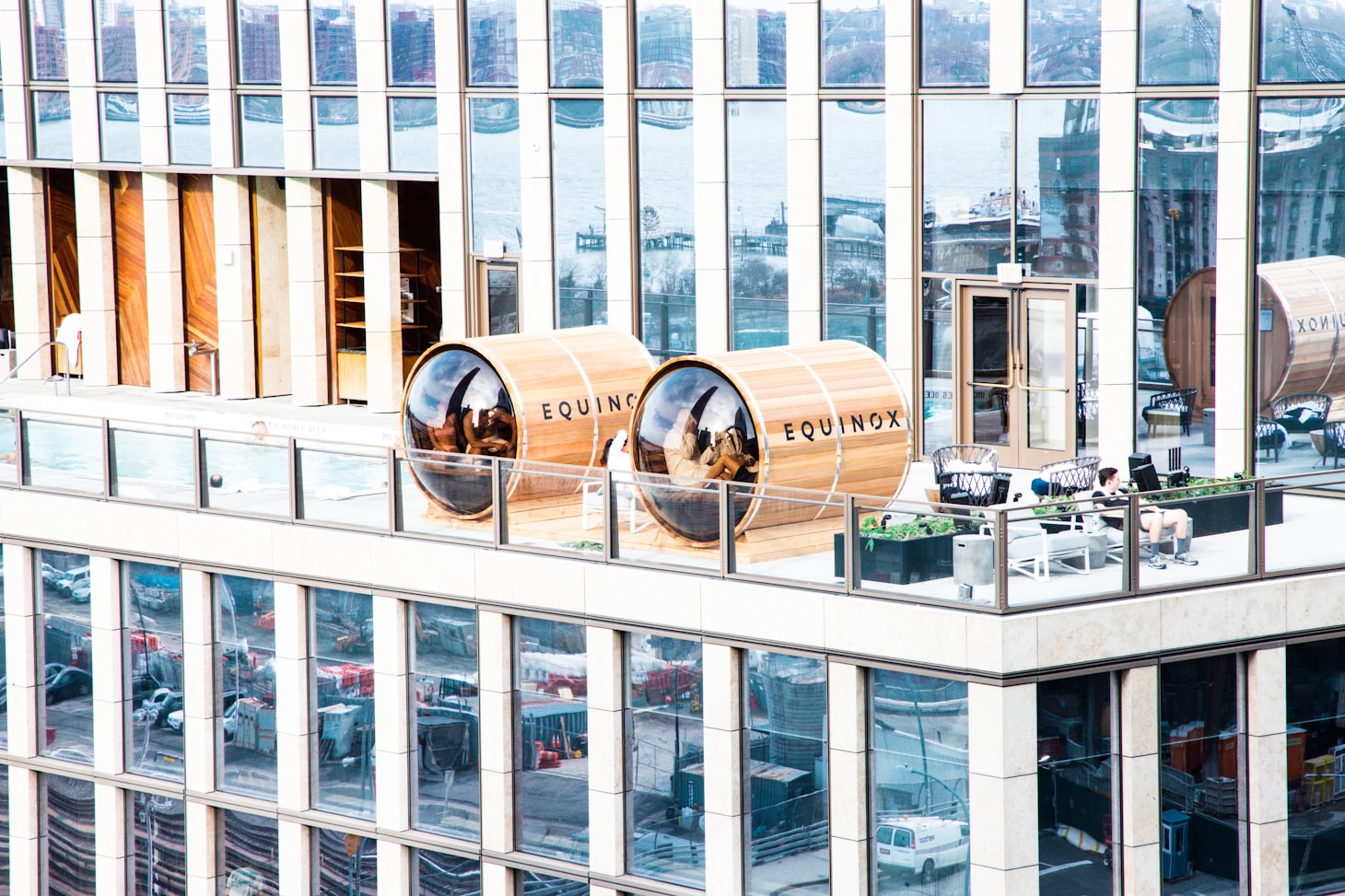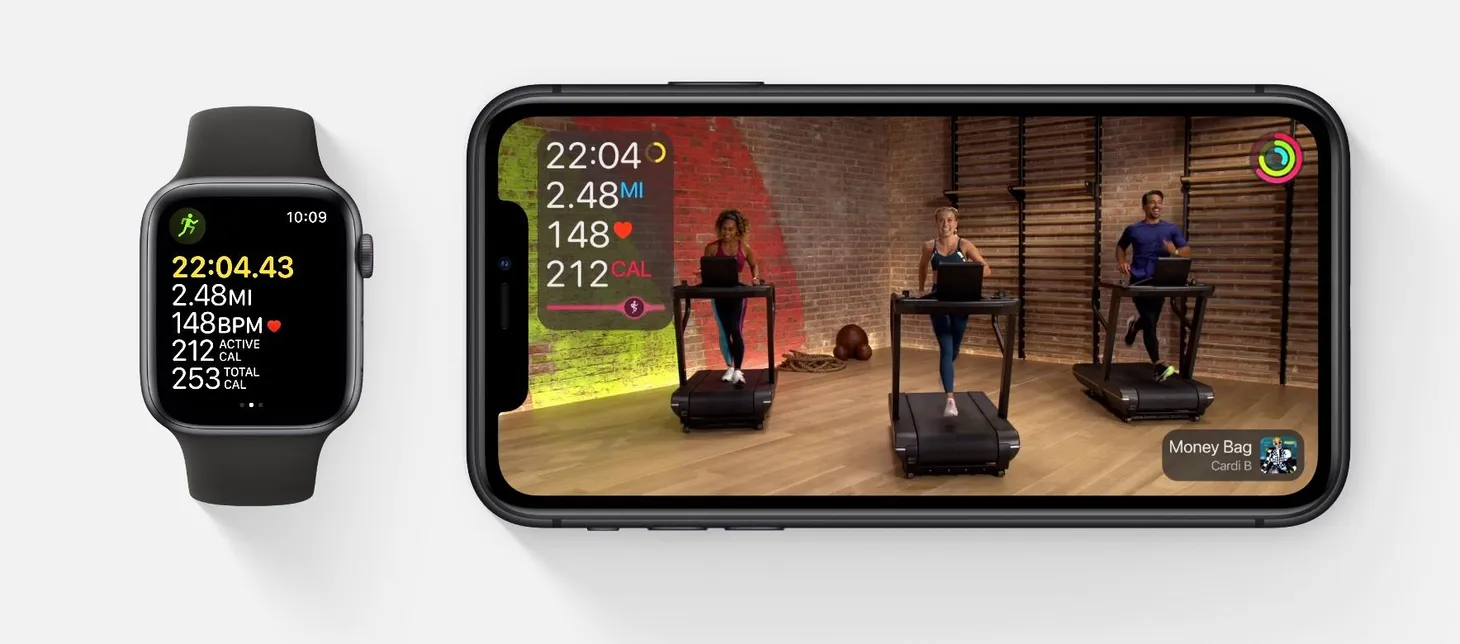Can NYC gyms & studios survive with its strict new guidelines? Here are the details.
Yesterday, gyms were officially allowed to reopen, but only under strict guidelines and at a third of its total capacity. With these strict physical distancing regulations in place indefinitely, will meeting friends at the gym become a forgotten pastime?

Table of Contents
It's been exactly 171 days since March 16th, the day Governor Cuomo mandated all gyms to close doors New York City. Yesterday, gyms were officially allowed to reopen, but only under strict guidelines and at a third of its total capacity.
Gyms used to be stress relieving environments and a place for members to meet and socialize while breaking a sweat. With these strict physical distancing regulations in place indefinitely, will meeting friends at the gym become a forgotten pastime?
Gyms can open as soon as August 24 at 33% capacity with mandatory mask wearing and other strict health measures.
— Andrew Cuomo (@NYGovCuomo) August 17, 2020
HVAC systems must meet guidelines.
Localities must inspect every gym before it opens or within 2 weeks of opening.
Localities must enforce regulations.
Before considering the future, here are some key facts from a guidance report recently published by New York's Department of Health:
- Gyms are capped to 33% maximum occupancy at any given time, as set by the gym's certificate of occupancy
- Individuals must wear an acceptable face covering at all times
- Individuals must complete and pass a health screening
- Free weight exercises that require a spotter is discouraged. If they occur, "spotting must be conducted with the least amount of time possible" without lingering or socializing
- Employees must reorganize and restrict the number of workout stations and equipment to ensure individuals are "at least six feet apart in all directions at all times"
- Equipment cannot be shared unless cleaned and disinfected between use.
- Communal showers are closed. Individual showers must be cleaned and disinfected between between each user.
- Gyms must use touchless soap and paper towel dispensers.
- Fitness classes that involve groups are encouraged to be outdoors
It should be pointed out that the above is just a sub-section of the "People" related guidelines. There are still two sections of guidelines detailing how to manage air handling, hygiene, and screening of members.
With screening in particular, all patrons and employees must complete a questionnaire daily either remotely or on-site, including, but not limited to, whether the individual has been in contact with anyone that has tested positive for COVID-19.
Can Gyms Survive?
Let's begin with the major fitness companies that filed for bankruptcy since March: Gold's Gym International, 24 Hour Fitness, and possibly Town Sports (operator of NYSC and others) in the coming months. Note, filing for bankruptcy, specifically a Chapter 11 filing, doesn't necessarily mean the end for these companies; instead, it's a plea to reorganize company structure and debt to bounce back healthy. Here's a good YouTube explainer:
It'll be interesting to see how gyms balance session times per member visit. For example, Brooklyn Boulders, which is a rock-climbing gym I attended before COVID, informed me recently that members are limited to 90 minute sessions, 3x a week when it reopens this week.

Moderating member visits is important because, unlike studios, gyms will not be as crippled as studios will be from the new guidelines. Assuming the same rules for reopening apply to fitness studios, these tight measures aren't persuading anyone to leave home to workout, and for good reason.
As opposed to boutique studios, the top priority for gyms is convincing members to renew their membership. This is because a gym's occupancy rate is not directly proportional to its monthly revenue. For anyone who's ever worked in a big-box gym, the math is clear.
As Planet Money reported, one Planet Fitness branch in NYC had a max capacity of about 300, but boasted more than 6k members. Similarly, Gold’s Gym and Life Time Fitness often ink 5k-10k memberships per location despite having only being able to house 300-500 people at a time.
The statistics are outdated since this article dates back to 2013, but the principles haven't changed: gyms want to sell you on a recurring subscription that you likely forget about.
Can studios survive, even if they can open?
Fitness studios will be hit harder by NYC's 30% occupancy cap because class-packs and drop-ins are the main ways for studios to fill mats, and ultimately, make money. By limiting a class area to two-thirds its space, you are effectively dividing a studio's bottom line by the same fraction.

The bright side for boutique studios
I know I already harped on the future of digital fitness far too long in the last daily update— but if there's a lesson that trainers and boutique studios can learn from small and young tech upstarts, it is that being small and agile is a big advantage in an industry that's been so heavily focused on everything physical.
Like I discuss in the last update, streaming digital fitness was already gaining momentum before COVID-19. And while it's true that some companies like Equinox have entered the digital realm, the ceiling for premium fitness content is unknown for the positive.

Consider the 30% occupancy cap in NYC. Many trainers already learned how to lead a live studio class on Instagram and Zoom the hard way— what's it worth to dedicate the quietest studio hours of the day and film a class with at-home equipment?
There is no cap on streaming a studio's content from home, and there are countless ways to collect payment and distribute premium content. Vimeo On Demand, for example is a great place to start (though the platform takes 10% revenue share.)
To be clear, I am not downplaying the realities that fitness studios and restaurants must face during this time. Learning to host virtual classes may end up not worth one's time— and streaming fitness videos is likely not what a studio owner initially signed up for.
I'd like to end by sharing a story covering Lisa Eskenazi Boyer and the challenges in trying to keep her Astoria fitness studio compliant with NYC's reopening guidelines, it's worth the read.
For all fitness studios, the margins are very tight. I know I always needed a minimum of 50% capacity to cover the cost of the business. To operate at 33% capacity for an indefinite period of time, it’s just a nail in the coffin. And not all of us have HVAC systems. We had a split-duct system, so I would have had to switch to HVAC, which based on my square footage would’ve been maybe a $20,000 to $40,000 investment. To put small studios in the same category as these large gyms, we’re just not working with the same capital. I wouldn’t have been able to do it. It would have completely bankrupted me, truly.
It's hard to see how other small business owners can get past the reopening guidelines. If you have a similar story, I'd love to hear from you.


